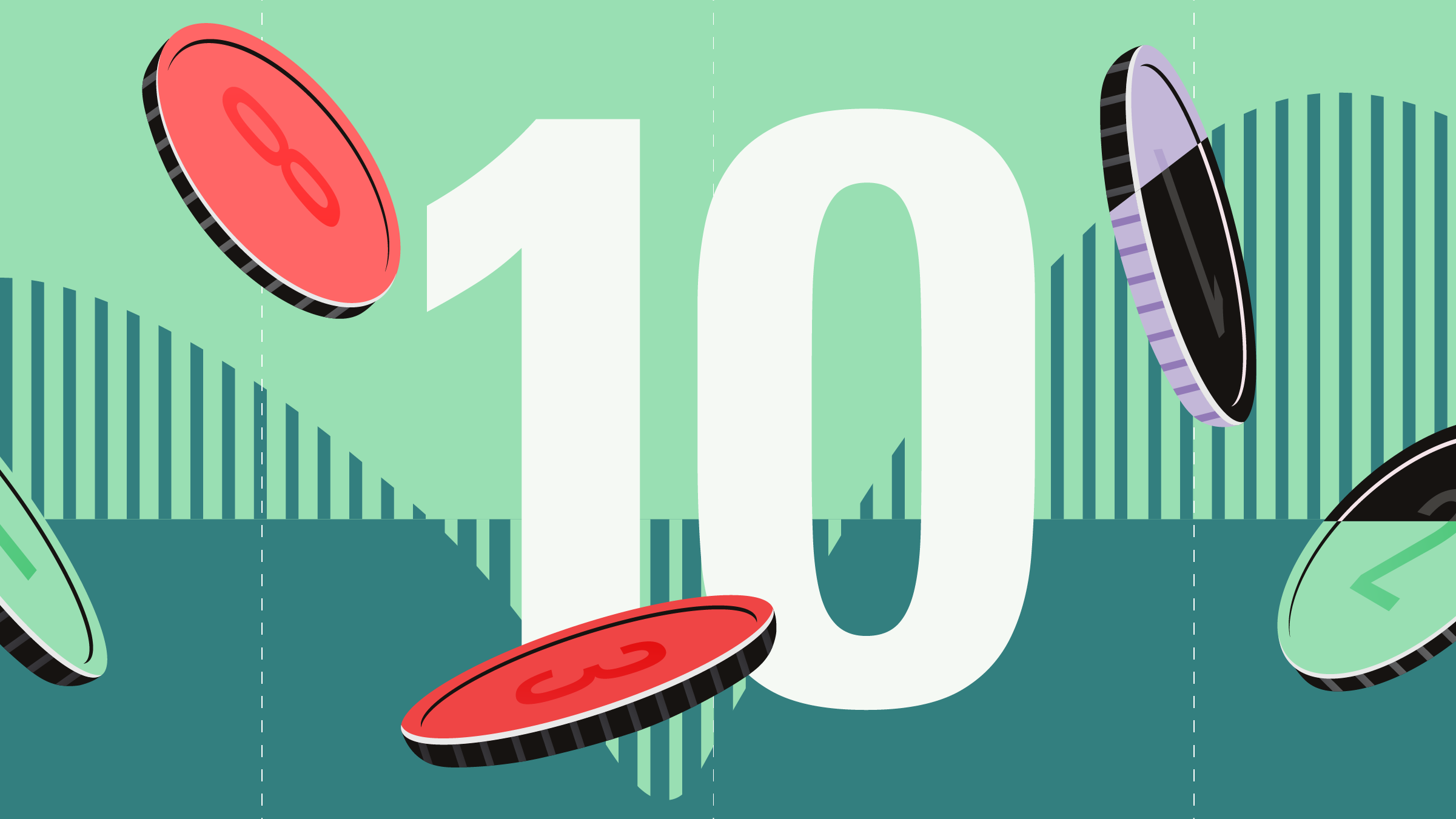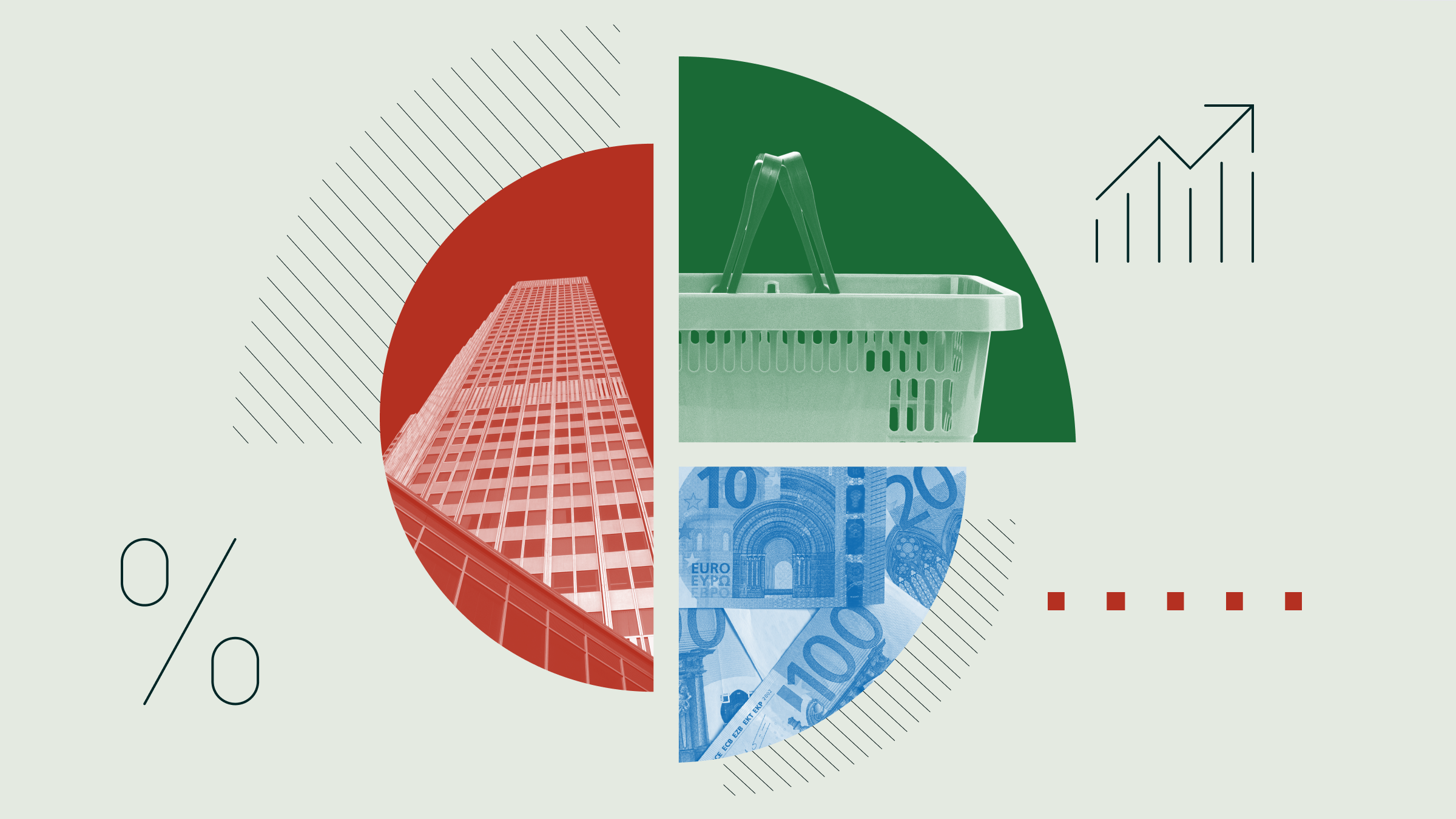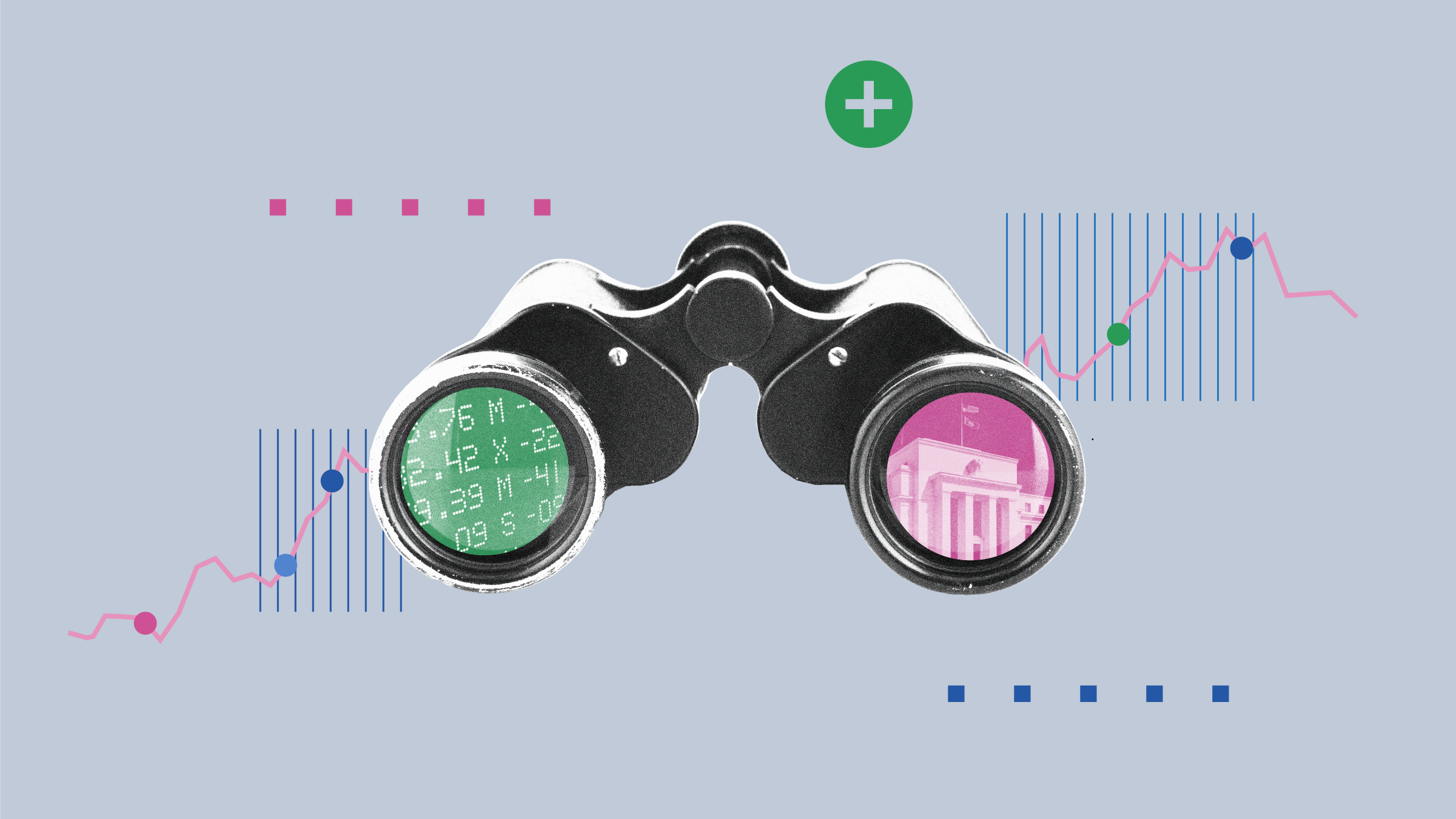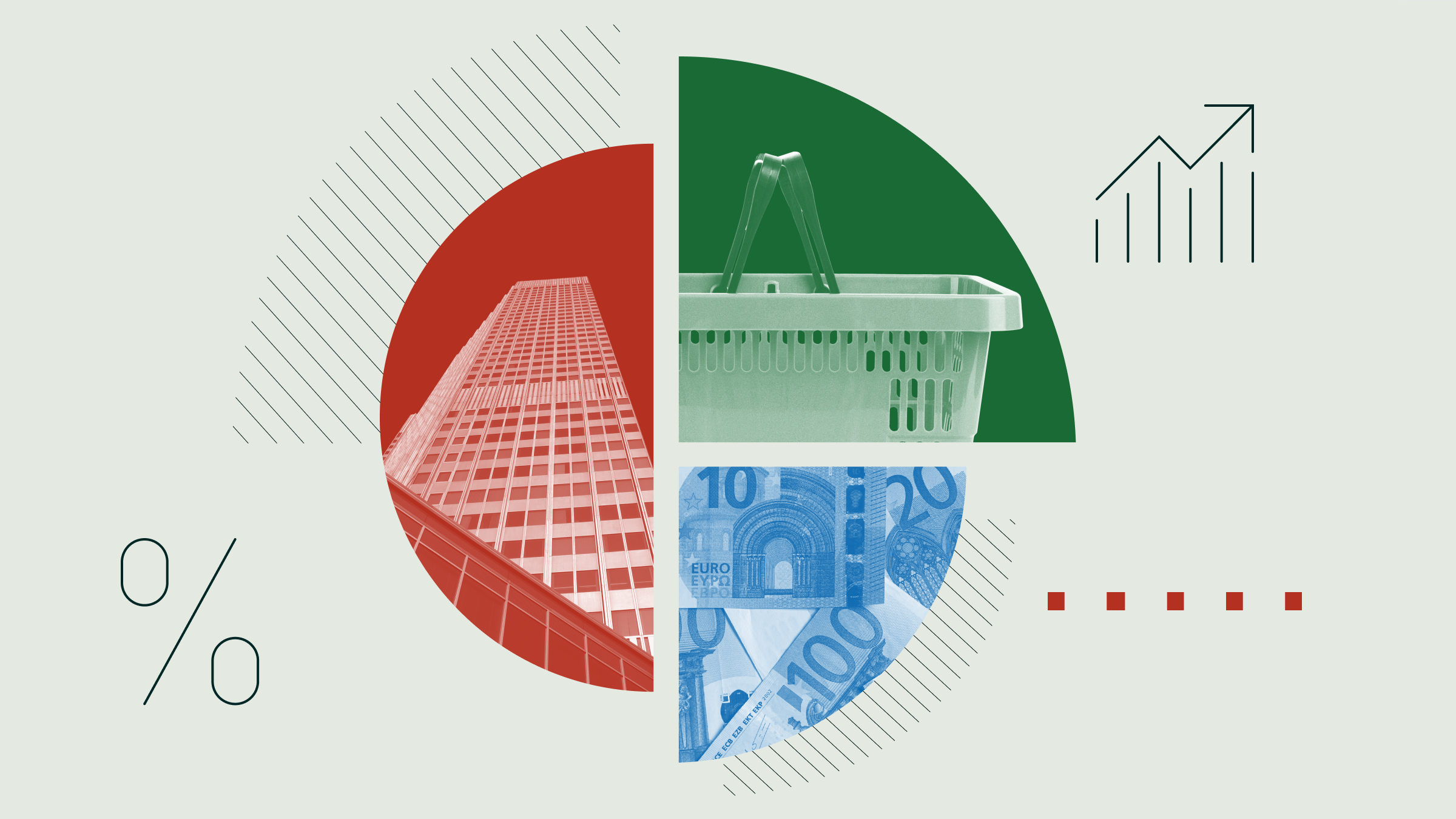Holly Black: Welcome to Morningstar. I'm Holly Black. With me is Tancrede Fulop. He is an equity analyst at Morningstar. Hello.
Tancrede Fulop: Hello, Holly.
Black: So, Tancrede, you've been looking in depth at the offshore wind farm sector. Can you tell us a bit about this market and how it's been growing?
Fulop: Yes. So, the market has been sort of quite high growth over the last decade. But we saw in this report that it's just the beginning, and we expect offshore wind – global offshore wind capacity to surge eight-fold through 2030 to more than 220 gigawatts. And this is because offshore wind has key advantages over other renewables like solar PV or onshore wind and disadvantages are like higher load factor, which is the (utilization) rate and a lower viability and costs are declining.
Black: But of course, it's not just about growth. When you're analysing stocks, you want to see an economic moat, that is, competitive advantages, barriers to entry for the competition. Is this a moaty industry?
Fulop: No, we showed in our report that we don't think it's a moaty industry. (And you're looking into that) is that there is effectively no barriers to entry. The only barrier to entry is capital, but the world is full of capital and this is evidenced by the very recent entry, presence of integrated oils into the space and also the presence of (financial investor) and competition is increasing. So, it's not moaty. But still, we expect the offshore wind farms to be value accretive. And we expect an average internal rate of return of around 6.5%.
Black: So, just because the stocks don't have an economic moat, it doesn't mean you don't like them. What are some of your top picks in the sector?
Fulop: My top pick, which is also my best idea, among European equities is RWE. I have a fair value estimate of €41. So, you have around 20% of upside and it's the second global offshore wind – largest offshore wind player behind Orsted. The capacity will surge and returns of the projects in the pipeline are quite high, around 7%. And in 2024, 45% of the EBITDA will come from offshore wind and around three quarters of EBITDA from renewables. And we simply feel that this still neglected by the markets.
Black: So, one of the biggest names in this sector and probably the one most people have heard of is Orsted. But that's not one of your most highly rated stocks. That might be a surprise to people. Why is that?
Fulop: Yeah, we think the market is too bullish on Orsted. We expect the offshore wind market to remain fragmented. And the markets ascribing to Orsted are winner take all premium and we think we show with the report that it's not justified. We also expect Orsted to see returns of its project at the next capital market date due in the first half of 2021. Also, Orsted has high exposure to the US East Coast projects where they have a lot of delays and potential cost overruns for offshore wind projects.
Black: Fantastic. Tancrede, thank you so much for your time. For Morningstar. I'm Holly Black.




















